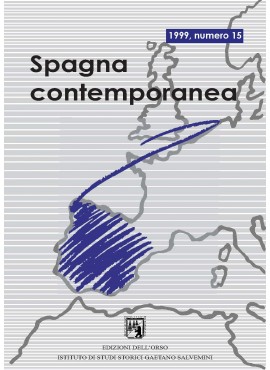La imagen internacional de España en el período de entreguerras: reminiscencias, estereotipos, dramatización neorromántica y sus consecuencias historiográficas
Abstract
La imagen internacional de España en el periodo de entreguerras: reminiscencias, estereotipos y dramatización neorromántica
Images have prearranged cultural circuits, conditioning the reception of new information. Based on these premises the essay, studying mainly the period between the two World wars, takes into considerstion Spain’s diverses images, which also previously have had a deep and lasting influence within the country or deriving from outer bias: from the new Spanish monarchy seen as a Counter Reformation power to the identifying of Spain with Andalucía, born during the Peninsular War, consolidated in the Romantic age, and finally reaching its peak in the Twenties, under Primo de Rivera’s. The Author studies the images’ changing with the 1931 Second Republic’s success, but she specially looks into the Civil War for the Spanish reality ima- ges’ freezing. Leaving aside the Francoist interpretation she concentrates on two Republican images: the madrileñista one and the barcelonista.
Pubblicato
Come citare
Fascicolo
Sezione
Copyright (c) 1999 Istituto di studi storici Gaetano Salvemini, Torino

Questo lavoro è fornito con la licenza Creative Commons Attribuzione - Non commerciale - Non opere derivate 4.0 Internazionale.






